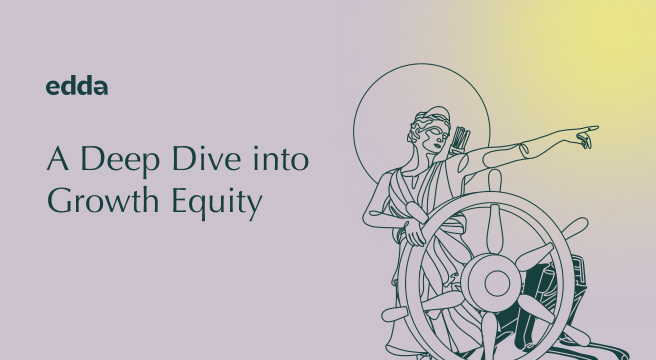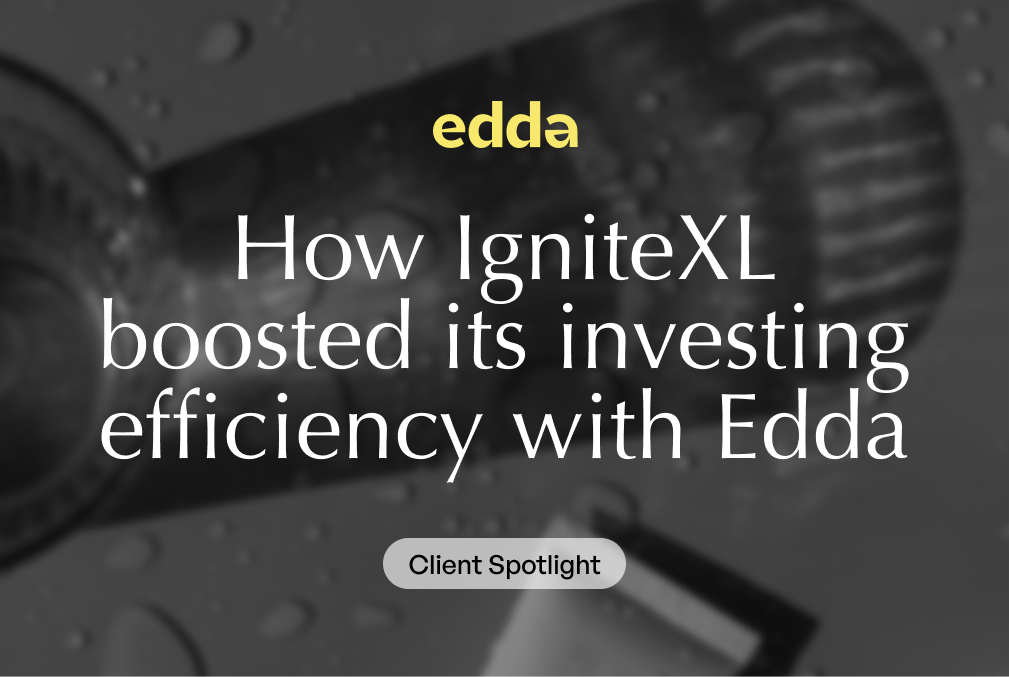In the intriguing world of investments, growth equity stands as an amalgamation of venture capital and buyout strategies. It primarily targets mature companies that exhibit solid business models, significant revenue streams, yet hover below the profitability threshold.
These companies, often in need of capital to fuel their rapid expansion, look to grow without amassing debt or surrendering substantial control. Over the years, the unique blend of high growth and return potential that growth equity offers has attracted diverse institutional investors and multimanagers.
The attraction towards growth equity has been particularly sparked by the expansion of the investable universe of suitable companies, primarily driven by increased funding for venture capital. However, the investment landscape witnessed a drastic shift in 2022, calling for significant changes in the growth equity narrative.
This article explores the evolving dynamics of growth equity, discussing how investors are adapting to these changes and employing novel strategies to optimize growth and ensure resilience within their investments. In addition, discover how Edda’s software venture capital suite can be a major asset to your firm.
Adapting to the Dynamic Investment Landscape
Significant shifts in the 2022 investment landscape drove growth equity to a critical crossroads. Global challenges necessitated a reevaluation and modification of investors’ engagement models with portfolio companies. Investors developed a prioritization strategy, categorizing portfolio firms based on their vulnerability to market volatility, ensuring efficient resource allocation to those needing support most.
Value creation strategies were then employed, focusing on revenue acceleration, operational cost optimization, and the identification of growth opportunities aligned with long-term market trends. These initiatives helped maintain a positive growth trajectory despite market fluctuations.
A significant engagement model change was the heightened focus on talent development and capability enhancement, with investors investing resources in nurturing talent within portfolio companies and their firms. This strategy enhanced business ecosystem resilience and set the stage for long-term success, marking a new growth equity investment era emphasizing resilience, value creation, and talent development.
The Journey Toward Optimal Growth
The shifting dynamics of the investment climate have led growth equity investors to recalibrate their strategies. The conventional approach of relentlessly pursuing growth has been supplanted by an emphasis on achieving optimal portfolio growth. This renewed perspective emphasizes risk mitigation and enhancing resilience within investments.
One fundamental aspect of this paradigm shift is the focus on attaining profitability earlier. Investors are now keen on guiding portfolio companies towards profitability by suggesting novel strategies such as introducing products into the market ahead of schedule and employing proactive presales activities. This strategic pivot not only accelerates revenue generation but also provides an opportunity for early market feedback that can drive product or service refinement.
In addition to accelerating profitability, maintaining a healthy cost base has become a critical focus area. Regular scrutiny and adjustment of the cost base have enabled portfolio companies to align their operational expenses and workforce with the ever-evolving market conditions. This prudent cost management ensures sustained profitability even amid economic uncertainties.
Building robust financials is another key element of this refined investment approach. Investors are now placing more emphasis on steering portfolio companies toward creating healthier balance sheets. This involves strategies to enhance their financial resilience, such as prolonging cash runways and increasing the time between funding rounds. These initiatives help ensure the company’s financial stability and longevity in a volatile market environment.
Lastly, there has been a renewed focus on maximizing customer lifetime value, particularly in times of economic uncertainty. By concentrating on retaining and engaging customers, despite the prevalent pricing and margin challenges, companies can maintain their revenue streams and create long-term, loyal customer relationships. This customer-centric approach forms a cornerstone of the new growth equity investment paradigm, reinforcing the importance of sustainable and resilient business practices.
Developing a Resilience-Focused Approach in Growth Equity Investing
Gone are the days when the relentless pursuit of growth was the sole strategy. The spotlight is now on resilience, balance, and the long-term viability of portfolio companies. This section highlights the key aspects of this resilience-focused approach, shedding light on the nuanced strategies that growth equity investors need to adopt to ensure optimal growth, risk reduction, and overall resilience in their investments.
Refreshing the Playbook
In a dynamic and volatile market, growth equity investors need to recalibrate their standard practices. The traditional playbook is no longer adequate to manage new challenges. A key part of this transformation includes revamping the venture capital due diligence process. The emphasis has to shift toward risk management and resilience-building.
This would involve conducting comprehensive market-risk assessments, taking into account factors such as economic downturns, market volatility, and geopolitical uncertainties. It would also require a deep dive into understanding customer dependencies of the portfolio companies, including factors like customer concentration, customer satisfaction, and potential customer churn. Moreover, reviewing financial sustainability has become a non-negotiable aspect. Establishing a financial contingency plan to handle unforeseen market upheavals forms a key component of this approach.
Putting the House in Order
Operational efficiency is a key driver of resilience, especially in challenging market environments. Investors can play a crucial role by guiding their portfolio companies to streamline operations and minimize operational costs. This could involve automating repetitive tasks, leveraging advanced technologies for process improvements, and implementing lean management principles.
Furthermore, an exploration of new sales channels, particularly digital, could open up new revenue streams for these companies. A focus on the sales force’s effectiveness could enhance revenue generation, especially when they concentrate their efforts on the most profitable customers. Guiding companies to do regular health checks and adjustments of their sales strategies can be a gamechanger in the pursuit of growth and resilience.
Agile Performance Management
Today’s rapidly changing market conditions necessitate an agile approach to performance management. Traditional quarterly or annual reviews might be too slow to capture and respond to the market’s swift shifts. Instead, growth equity investors should advocate for data-driven decision-making, enabled by near-real-time transparency on key performance indicators.
This approach encourages rapid response and course correction when companies veer off track. Utilizing advanced analytics and business intelligence tools can enable this level of agility, allowing both the investors and portfolio companies to stay ahead of the curve.
Investing in Capabilities
Capability enhancement forms the cornerstone of any resilient business. Growth equity investors need to help their portfolio companies access and develop the right capabilities. This may involve attracting, developing, and retaining talent crucial to the company’s success. In a digital age, this also means supporting companies in building digital capabilities, such as digital marketing, e-commerce, and data analytics.
By assisting portfolio companies in nurturing these capabilities, investors can unlock significant value, thereby making the companies more resilient and better prepared to handle market uncertainties. As the companies mature, these capabilities can provide them with a competitive edge, ensuring sustainable growth and longevity.
The resilience-focused growth equity investing approach is about finding the perfect balance between nurturing growth and mitigating risk. This balance is crucial in building robust companies that can withstand the ever-changing dynamics of today’s global markets.
Revolutionizing Growth Equity Investing with Edda
Edda’s venture capital portfolio management software streamlines the deal flow pipeline and brings a new dimension to growth equity investing. It’s an essential tool for investors looking to make smarter, data-driven decisions.
Data Insights: Edda’s VC portfolio management software analyzes multiple data points across a portfolio, providing valuable insights that enable investors to better understand the overall performance, identify patterns, and anticipate potential risks.
Performance Tracking: By effectively monitoring performance and changes in portfolio companies, investors can gauge the progress of their investments and identify areas that require intervention. This can be a key factor in determining the optimal path to profitability for each investment.
Risk Management: Edda’s venture capital software allows investors to quantify and manage risk better. It offers a predictive analysis capability that can provide early warning signs of potential problems, allowing investors to take proactive steps and minimize exposure.
Resource Allocation: The software offers a data-backed method of deciding where resources can be best allocated. It analyzes factors such as market trends, company performance, and historical data to determine where additional resources could drive the most growth.
Value Maximization: Edda allows investors to make strategic decisions that maximize the value of their portfolio. By using its predictive analytics capabilities, investors can anticipate market trends, identify opportunities, and make informed decisions that maximize return on investment.
Investing in growth equity requires an in-depth understanding, strategic acumen, and a strong toolkit. In a field teeming with potential, it also demands meticulous navigation. Edda, formerly Kushim, with its data-driven insights and predictive capabilities, is an invaluable tool for those navigating this exciting investment landscape. Its use can revolutionize the way investors approach growth equity, making the process more efficient, informed, and successful.









